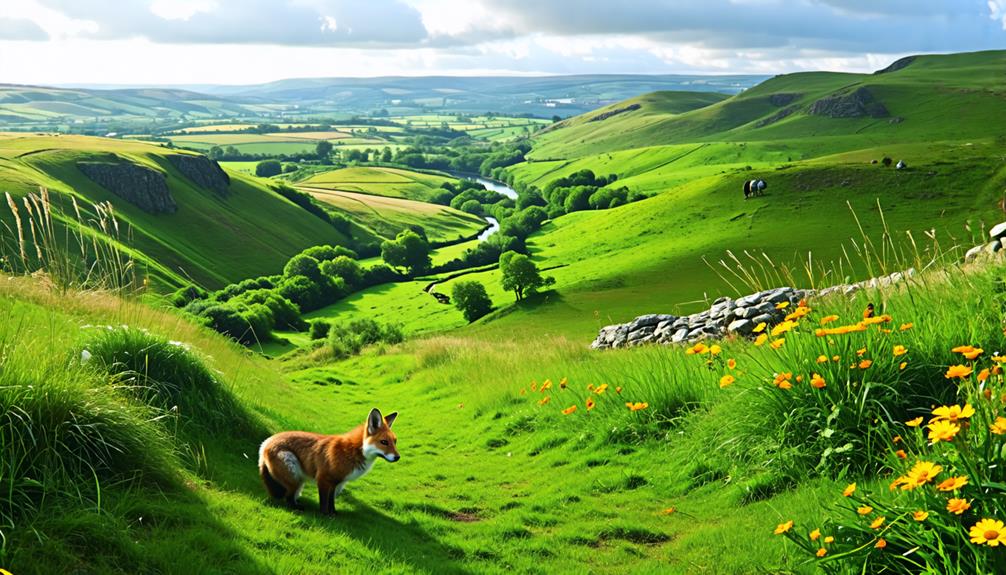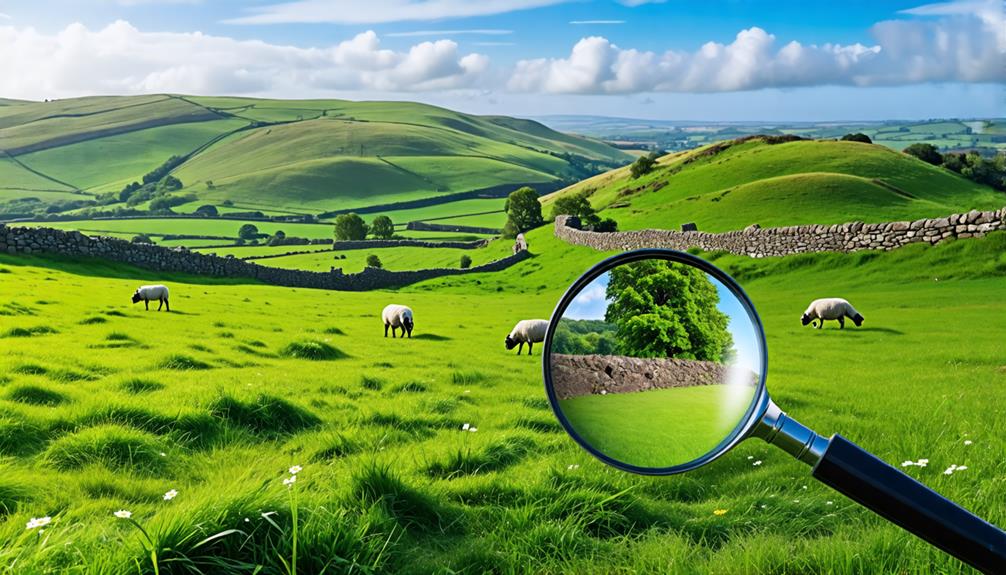You've probably heard the phrase "There are no snakes in Ireland" and wondered if it's true. Indeed, the Emerald Isle is one of the few places on Earth where you won't find these slithering creatures. While St. Patrick's legendary banishment of snakes is often cited, the real reasons are far more intriguing. From geographical isolation to climate conditions, the absence of snakes in Ireland has shaped the country's unique ecosystem. But what does this mean for Ireland's wildlife and biodiversity? The answers might surprise you and challenge your understanding of how nature adapts to unusual circumstances.
Key Takeaways
- Ireland has no native snake species due to geographical isolation after the last ice age.
- The Irish Sea acts as a natural barrier, preventing snake migration from mainland Europe.
- Cold climate conditions in Ireland are unsuitable for cold-blooded reptiles like snakes.
- Saint Patrick's snake-banishing legend is symbolic, representing the conversion from paganism to Christianity.
The Legend of Saint Patrick

The legend of Saint Patrick banishing snakes from Ireland is a beloved myth that's more symbolic than factual. You've likely heard the tale of Ireland's patron saint driving out snakes during a 40-day fast, but it's important to understand the deeper meaning behind this story.
In reality, there's no historical evidence of snakes ever inhabiting Ireland. The absence of these reptiles is actually due to the Ice Age and subsequent geographical isolation of the island.
Saint Patrick's legend is an allegory for his conversion of pagan practices to Christianity in 5th century Ireland. The 'snakes' represent Druidic beliefs he sought to eliminate.
Despite lacking scientific basis, this folklore has become an integral part of Irish cultural identity. It's a prime example of how myths can persist and evolve, shaping a nation's narrative for centuries.
Geographical and Climate Factors
While Saint Patrick's legend offers a mythical explanation for Ireland's lack of snakes, the true reasons lie in the island's unique geographical and climatic history.
As the last ice age ended and glaciers retreated about 10,000 years ago, Ireland's isolation began. The Irish Sea, over 50 miles wide, acts as a natural barrier between the Emerald Isle and mainland Europe. A land bridge once connected Ireland to Britain, but rising sea levels submerged it around 8,500 years ago, cutting off potential snake migration routes.
Climate factors play a vital role too. Ireland's cold environment is unsuitable for ectothermic creatures like snakes, which thrive in warmer climates. The island's geographical isolation and inhospitable conditions during the ice age prevented the establishment of a snake population.
Unlike Britain, which hosts three snake species, Ireland lacks any fossil evidence of snakes ever inhabiting the island.
Ecological Implications for Ireland

Ireland's snake-free ecosystem presents three key ecological implications worth examining. The absence of these reptiles has shaped the island's unique ecology, allowing native wildlife to thrive without competition from invasive species.
You'll find that Ireland's isolation has preserved its distinct fauna, creating a delicate balance that could be disrupted by the introduction of non-native snakes.
Consider these important points:
- Habitat preservation for native species
- Reduced predation pressure on small animals
The lack of snakes in Ireland isn't just a quirky fact; it's vital for the country's ecosystem. As pet ownership trends change, you must be aware of the risks associated with releasing pet snakes.
Ongoing monitoring and research are essential to understand potential ecological implications and prevent unintended consequences. By staying informed, you'll help protect Ireland's unique biodiversity and maintain its snake-free status.
Conclusion
You've learned that Ireland's snake-free status isn't just folklore.
It's a result of geographic isolation and climate history. While St. Patrick's legend adds cultural flavor, the real reasons are scientific.
This unique situation has shaped Ireland's ecosystem, allowing native species to thrive without snake predators.
As you consider Ireland's biodiversity, remember that the absence of snakes isn't just a quirky fact—it's a window into the island's ecological story.

Leave a Reply